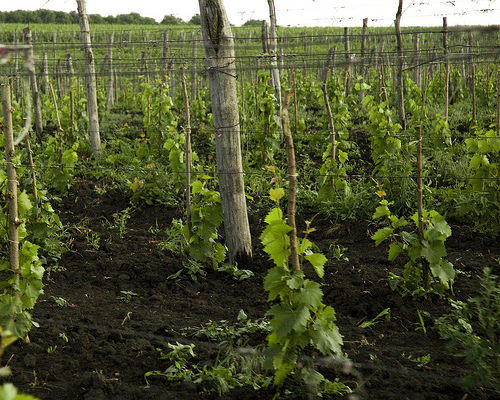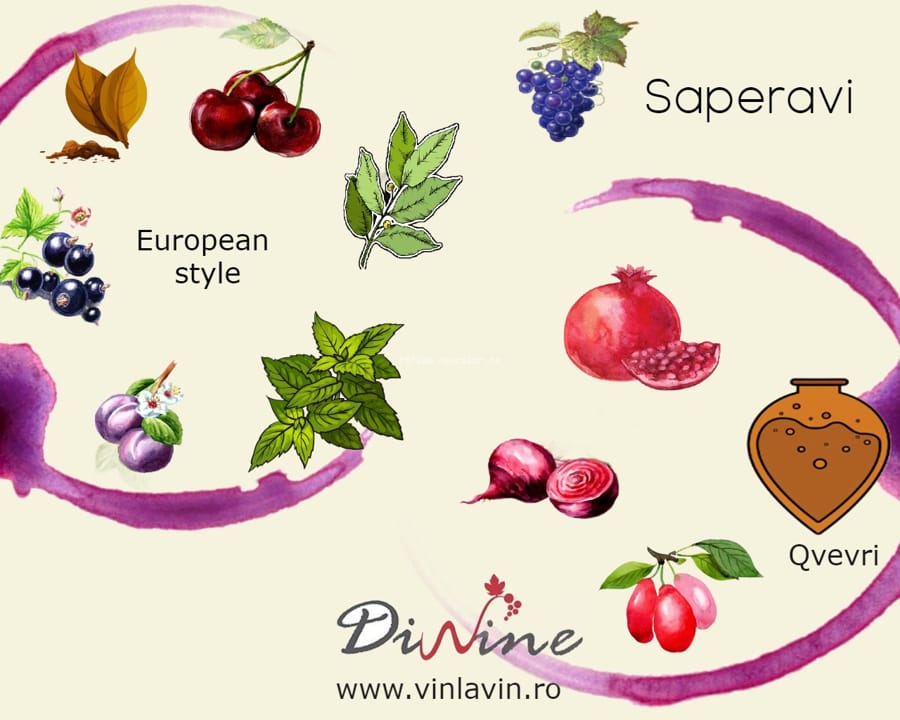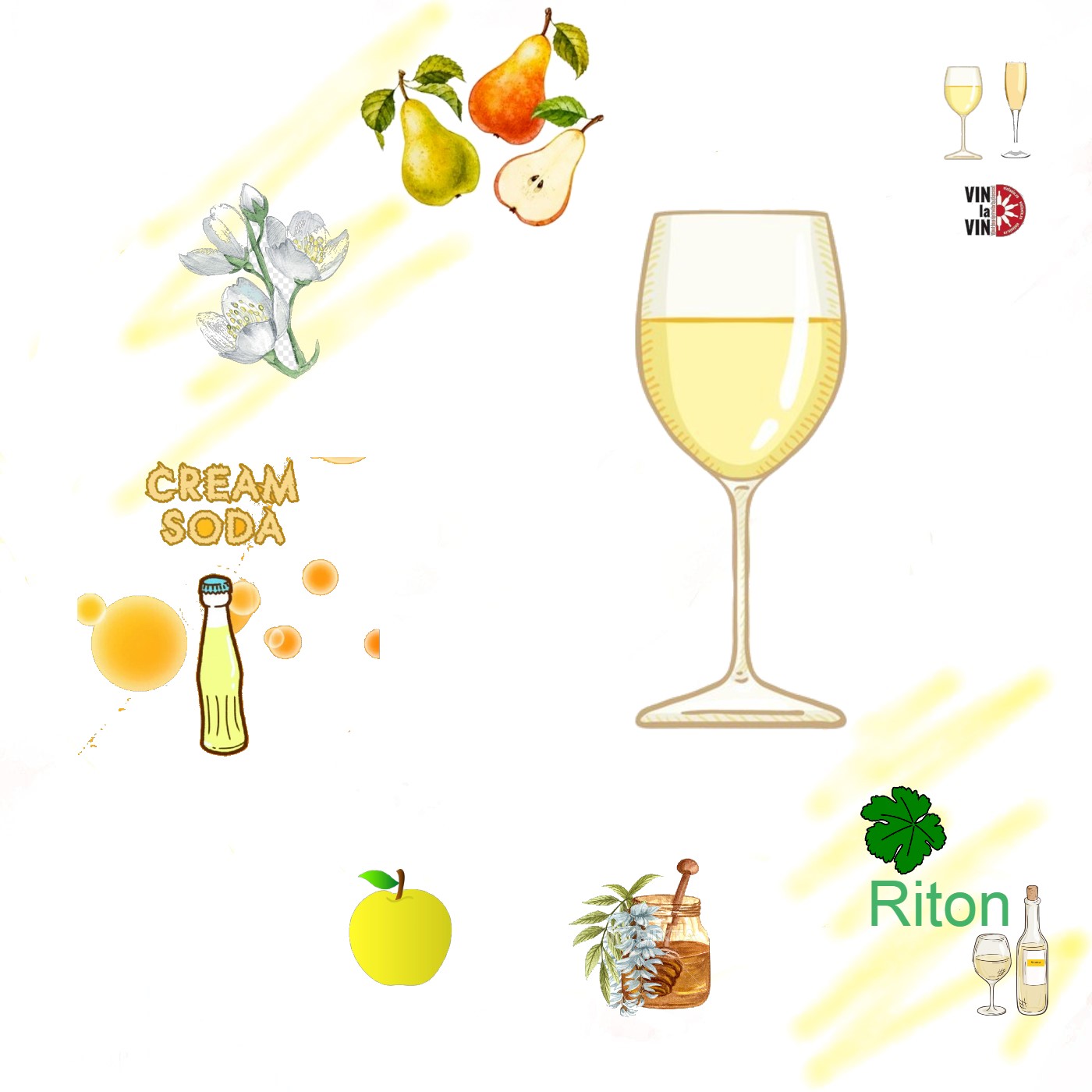About region

Valul lui Traian – a delimited region for the production of wine products with Protected Geographical Indication (PGI) in the south-western part of the republic, part of the South Moldavian Plain. To the north, it is a hilly plain with long slopes, while to the south it becomes flatter. Characteristic feature – silvosteppe. In the west are the Tigheciului Hills with the highest peaks in the region (altitude 301 m). Approximately 40,000 ha of vineyards.
The name Valul lui Traian comes from a complex of vallum fortifications (earth mounds) from the 13th century. III-IV to defend the eastern frontiers of the Roman Empire from the barbarians. The “Trajan’s Valleys” were actually attributed to Constantine the Great and the Goths and stretch across the territories of Romania, Moldova and Ukraine. Due to the intensive agricultural works today, the old “valley” is hardly visible, with only a few segments remaining that can still be used for tourism.

Most of the slopes in the Valul lui Traian PGI region have a gradient of up to 2 degrees, southern, western and eastern exposures. Even if the heat is not so strong on the northern exposures, there are still producers who prefer to plant vineyards here for white grapes such as Traminer, Aligote and Sauvignon Blanc. In terms of climatic conditions and air humidity, the Southern Moldavian Plain has a xerophytic character, i.e. the region is dominated by seasonal and annual instability and low humidity.
Why are exhibitions important? Depending on the steepness of the slopes and their orientation, a certain amount of heat accumulates which is necessary both for the microclimate in the soil and for the accumulation of sugar levels in the berries.
In terms of soil types, generally speaking, geologically speaking, the Southern Plain is the youngest part of Moldova. In general, the fragmented relief is covered with loessosestones, loamy clay loams, luteous clay loams and levigated chernozomes, and the terraces are dominated by sandy and dusty clays. Common, typical weakly humiferous and carbonaceous cernosites, including vertex cernosites, solonites and solonceacts, occur in places.
Not all the soil types listed above are suitable for growing and developing vines. As mentioned above, the soil creates a microclimate necessary for the development of vines, the root system, etc. Due to the elements present in the soil, chemical reactions are always taking place in the soil which allow the plants to grow. Depending on the type of soil structure, nutrients move vertically downwards or upwards in the soil.
In other words, after a heavy rain, nutrients will run down with the water, and under the influence of evaporation they will move up to the surface. Furthermore, soil with a light structure (such as sandy loam, sandy clay loam, carbonaceous chernozemic soils) attracts heat but does not retain it. More air for the roots also means higher nutrient uptake.
These soils do not retain water, sometimes nutrients run off with heavy rainfall. Medium-textured soils (loamy soils, sandy loams, sandy loams, sandy soils) have a harder time attracting heat, but retain it in the soil, including water. Heavy textured soils are considered cold, wet soils and are less suitable for growing vines.
Below, I present those microzones that define the Valul lui Traian wine region.
Attention! The starred points are indicative.
Tigheciului Hills microclimate
It includes the microclimate around the Tigheciului Codras, respectively the one on its heights. I find it the most interesting and even more complex than other microclimates in the Valul lui Traian region. In order to make it easier to understand, I have divided it into sub-microzones, which do not differ much, but have their own specificities.
- The western part comprises the riverside villages with vineyards in Vîlcele, Antonești, goes straight down to below Cantemir, then heads towards the middle of the Southern Plain, through Plopi, Ciobalaccia, Tartaul, Lingura and Crăciun. (Loop marked in pink).
- Subarea with the wooded vineyards of the Tigheciului Codres: Cuporani, Pleșeni, Hănăseni, Lărguța, Haragîș and Vișiniovca. (Loop marked in red-brown).
- Culmile Tigheciului, another sub-microclimate, includes the localities of Filipeni, Romanovca and Sarata Nouă. (Curve marked with dark purple).
Subregions 1 and 2, or the loop that starts near the Prut plain and ends with a jump to the Tigheciului Codrii, enjoy more rainfall during the year and a high level of humidity – much needed especially during the growing season. Moreover, all the vineyards in the western part of the region, located between Lunca Prutului and Codrii Tigheciului, enjoy both the breeze from the flowing waters and the cool air from the forests of downy oak.
The soils are mottled – from carbonaceous to typical chernozem. The proximity of the vineyards to a water source or forest provides some natural protection against frosts, softening the harsh characteristics of the continental climate. In the case of forests, they protect crops from strong winds, and thanks to the transpiration of tree leaves, vineyards are provided with a certain level of humidity necessary for their development. The vineyards in the immediate vicinity of the Tighecian Forest therefore enjoy both the moisture from the forest and the warmth of the Bugeac steppe. The soils here are sandy and typical cernoziom. That is why here we find intensely coloured red wines.
Microzone 3 – here the vineyards on the Tigheci peaks enjoy more sun and slightly cooler altitudes. Region characterised by carbonate soils, typical chernozem. Some specialists believe that this wine-growing area has a great chance of producing quality sparkling wines.
Stepa Bugeacului area
This micro-area can be divided into two: – the northern and the southern part. Altitudes 140 m-160 m. The north-eastern part starts with the vineyards of Comrat and continues towards the south-east of the country until close to the Ukrainian border. It includes the area of Tomai, Tvardița, Ceadir-Lunga and Corten. The region is described by high temperatures (an increase in temperature of 2.1- 3.2° C compared to normal values is observed in 2019), low humidity, with annual precipitation of only 380 mm for 2019. In this microarea white wines, reds with a light character, wines intended for distillation, including the planting of table grapes are developed.
In the southern part there are vineyards around the villages: Albota, Moscovei, Dermengi, Găvănoasa, Pelinei and Lebedenco. Here, the region borders the lakes in the immediate vicinity of Ukraine, including, to the west, the Prut Plain. Typical weakly humiferous carbonate soils and chernozem, suitable for wines with character.
Câmpia Dunării/Danube Plain micro-area
It stretches below Vadul lui Isac, through Colibași towards Slobozia Mare, including localities bordering the Lower Prut Plain, then it turns towards the southern centre with the localities of Etulia and Vulcănești. The vineyards within this microzone benefit from the maintenance of moisture in the soil thanks to the breezes coming from the Black Sea and the cool wind from the Prut and the reservoirs to the south. Region defined by clay soils, levigated, ordinary and carbonaceous chernozem. Region for full and silky wines.
Producers with vineyards in the Valul lui Traian region: Fautor, Novak Winery, IM.Vinum, Minis Terrios, Crescendo, Imperial Vin, Chateau Cristi, Winery of the Valley, Bostavan, Comrat, Karagani, Tomai, Traian Winery, Roots, Bulgari, etc.
Note
In order to present each wine region individually, we have relied on credible sources of information, such as some data provided by ONVV Moldova. I found maps from IPAS Dimo and papers on soil classification in Moldova very helpful.
In addition to geomorphological studies, due to climate change, we analysed the annual average rainfall over a 3-year period for each wine-growing region. We also used Google Maps Satelit to create the map of the wine-growing micro-zones in the small republic. Thanks to all the producers in Moldova who recognized their plots or even showed me their geolocation.
Bibliography:
- Sokolov A.V., Shkonde E.I.,Caracteristicile agrochimice ale solurilor URSS, Moscova. 1963;
- Ursu A., Clasificarea solurilor Republicii Moldova, Ediția II, Chișinău. 2001;
- Ursu A., Solurile Moldovei, Editura Știința, Chișinău. 2011;
- Alexandru Boldur, Istoria Basarabiei, vol. I, Editura Timpul, Chișinău. 2015;
- P.N. Ungurean, A.V. Konovalova, Ecologia vinurilor roșii moldovenești, Chișinău. 1968;
- V.G.Ungurean, Solul și strugurele, Editura Știința, Chișinău. 1979;
- Revista „Pomicultura, Viticultura şi Vinificaţia” nr. 4 [64] 2016;
- Subtipurile de sol https://ipaps.md/maps/index.php?id=4
- http://www.meteo.md/images/uploads/clima/year_rom.pdf









